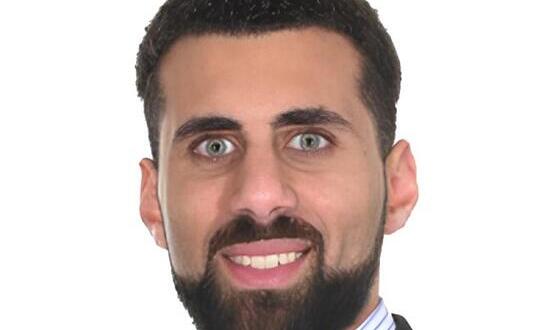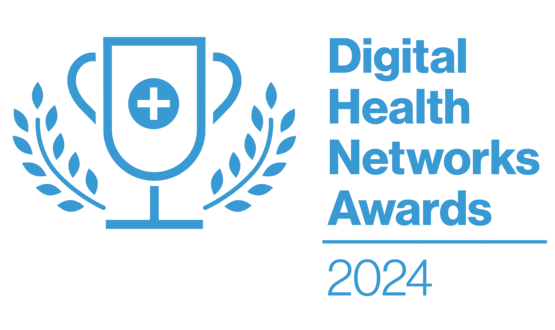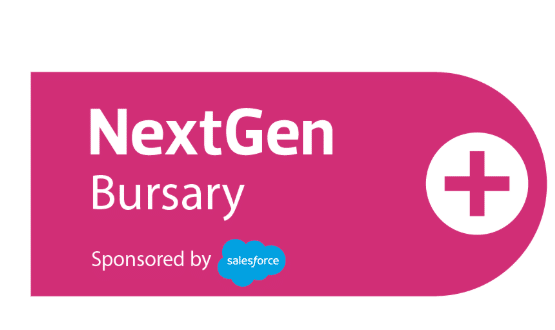New CCIO Network chair pens first column for Digital Health
- 30 August 2019

In his first column as the new chair of the CCIO Network, James Reed looks ahead to the coming challenges and next phase of development in the world of healthcare informatics.
I’m writing this column as one of my first official acts as the new chair of the CCIO Network. It is a privilege to be elected and to take on the role after Joe McDonald’s sterling work over the last few years.
Although I have met many members of the network over the last few years and made a lot of friends and contacts, I know that there are many of you whom I have not met.
To introduce myself, I am a consultant psychiatrist and CCIO of a large mental health NHS Trust in Birmingham. I was first appointed as CCIO back in 2013, and I’ve been involved in the networks ever since including being part of the advisory panel and vice chair since 2017.
I have had direct experience of many of the twists and turns in NHS IT over this time, including the various tech funds, the publication of the Wachter review and the subsequent GDE experiment.
Looking forward – not back
Like a large proportion of the population I have taken holiday in the first half of August, and sitting on the shores of Lake Annecy in France has given me some time to reflect on my experiences as a CCIO to date.
I’ve seen a good deal of change, and the role has gone from little more than a curiosity for enthusiastic hobbyists to a required role in any healthcare organisation.
I have seen recognition at all levels (from NHS Trusts right up to the Secretary of State) that it is important to involve clinicians in leading the adoption, development and long-term sustainability of clinical systems.
We have seen an influx of bright and enthusiastic people who are committed to doing this, and we have also finally been able to lay the ghosts of the past and in particular the National Programme for IT. I am just about old enough to remember it and have lived through it, but the time has now come to consign it to history and to look forward.
When I first started attending Digital Health events in 2012 or thereabouts, there was a real sense of something new happening which was disrupting the current order.
This was followed by dramatic changes, which are still rippling out throughout the healthcare business. However, the thing about disruption though it that it can’t carry on for ever, and at some point the new way of doing things has to order itself as it becomes embedded.
I think that this is where we are now, and we have to start thinking about how we are going to embed in a sustainable way the changes that we have seen.
Times are changing
The first thing is to think about is what the CCIO role means these days – it is clear there is still a wide variation in roles and responsibilities, amount of dedicated time, seniority within organisations and clinical background.
Most do some part time clinical work, but some are full time.
The types of people coming in are also changing – historically (and clearly I have to count myself in here) these roles tended to be filled by middle-aged white men, but there is now a clear push for increased diversity and we have seen recent appointments which buck this trend, as well as the birth of the Shuri Network (a highlight of the recent Digital Health Summer Schools).
Perhaps the most hotly debated issue is whether CCIOs should sit on boards. We have a commitment in the NHS Long Term Plan to put ‘a CIO or CCIO on every board’, although what this means is also unclear.
In some trusts, the CCIO role is bundled into an existing board director portfolio (usually the medical director), with the “real work” often being delegated to a deputy.
A range of views have been expressed, ranging from excitement at the prospect of being able to exercise real influence and keep boards focused on digital developments through to gloom at the prospect of more meetings and bureaucracy.
The concept of an “executive CCIO” has not really been developed, and this is going to take some time. It will probably need a bold organisation to take a leap of faith and appoint the first one – and then perhaps we will see a ripple effect out as we have done with CCIOs.
As members of the network, everyone has a role to play in constructing the future, and I am keen to hear your views on this, and also on how the networks can best support you.
The next generation
There is a lot of talk about “version 1” software (citing early examples of Amazon, Facebook etc) and how there is now a need in health to move to “version 2” and beyond.
I think we currently are very much at version 1 with the CCIO role – I’m excited to find out what version 2 will look like.




